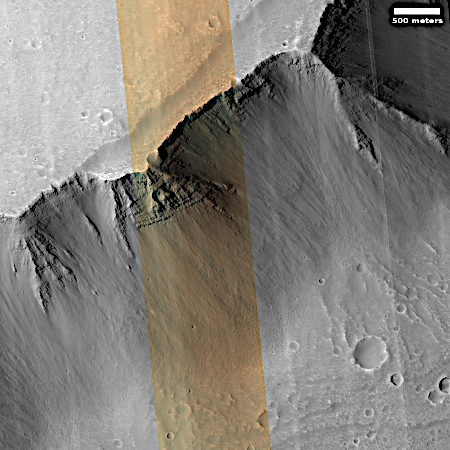First Soyuz-5 rocket arrives at Baikonur
According to Russia’s state-run press, the first Soyuz-5 rocket has arrived at the Baikonur spaceport in Kazakhstan, with a targeted maiden launch scheduled for December.
Soyuz-5 is designed to replace Russia’s soon-to-be retired Proton rocket, as well as the Ukrainian Zenit rocket that is no longer available because Russia invaded the Ukraine. It was first proposed in 2016, with its development proceeding in fits and starts since then. Part of the problems has been Kazakhstan, which demanded (and apparently received) a larger cut from Russia before it would allow Soyuz-5 to launch at the planned launchpad at Baikonur.
A larger factor in the delays has been a shortage of cash in Russia itself, as well the generally slow culture of its aging aerospace industry. However, in the case of Soyuz-5, it appears Russia managed to speed things up, as previous reports in 2024 suggested this first launch would be delayed until 2026.
According to Russia’s state-run press, the first Soyuz-5 rocket has arrived at the Baikonur spaceport in Kazakhstan, with a targeted maiden launch scheduled for December.
Soyuz-5 is designed to replace Russia’s soon-to-be retired Proton rocket, as well as the Ukrainian Zenit rocket that is no longer available because Russia invaded the Ukraine. It was first proposed in 2016, with its development proceeding in fits and starts since then. Part of the problems has been Kazakhstan, which demanded (and apparently received) a larger cut from Russia before it would allow Soyuz-5 to launch at the planned launchpad at Baikonur.
A larger factor in the delays has been a shortage of cash in Russia itself, as well the generally slow culture of its aging aerospace industry. However, in the case of Soyuz-5, it appears Russia managed to speed things up, as previous reports in 2024 suggested this first launch would be delayed until 2026.













